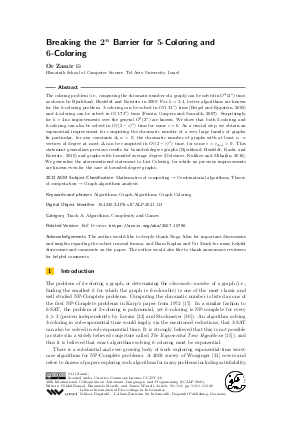LIPIcs.ICALP.2021.113.pdf
- Filesize: 0.94 MB
- 20 pages

 Creative Commons Attribution 4.0 International license
Creative Commons Attribution 4.0 International license
































Feedback for Dagstuhl Publishing